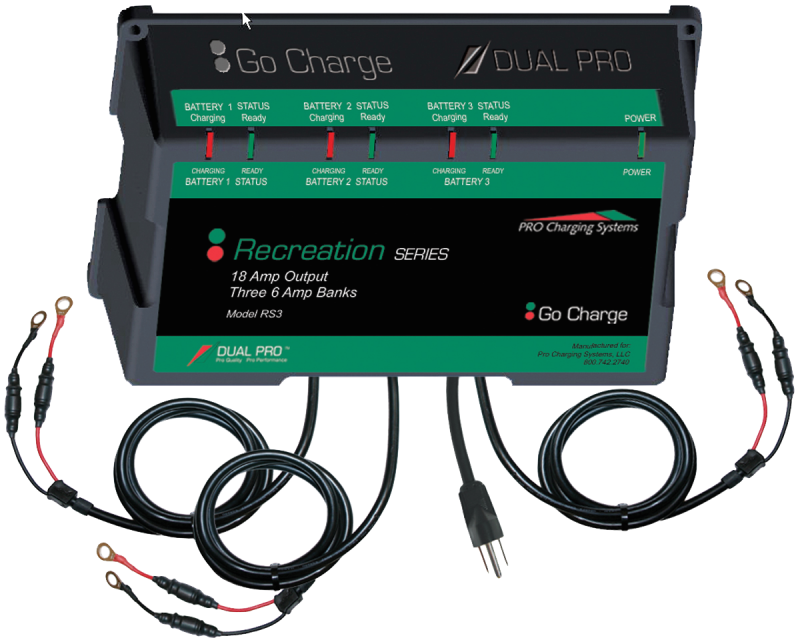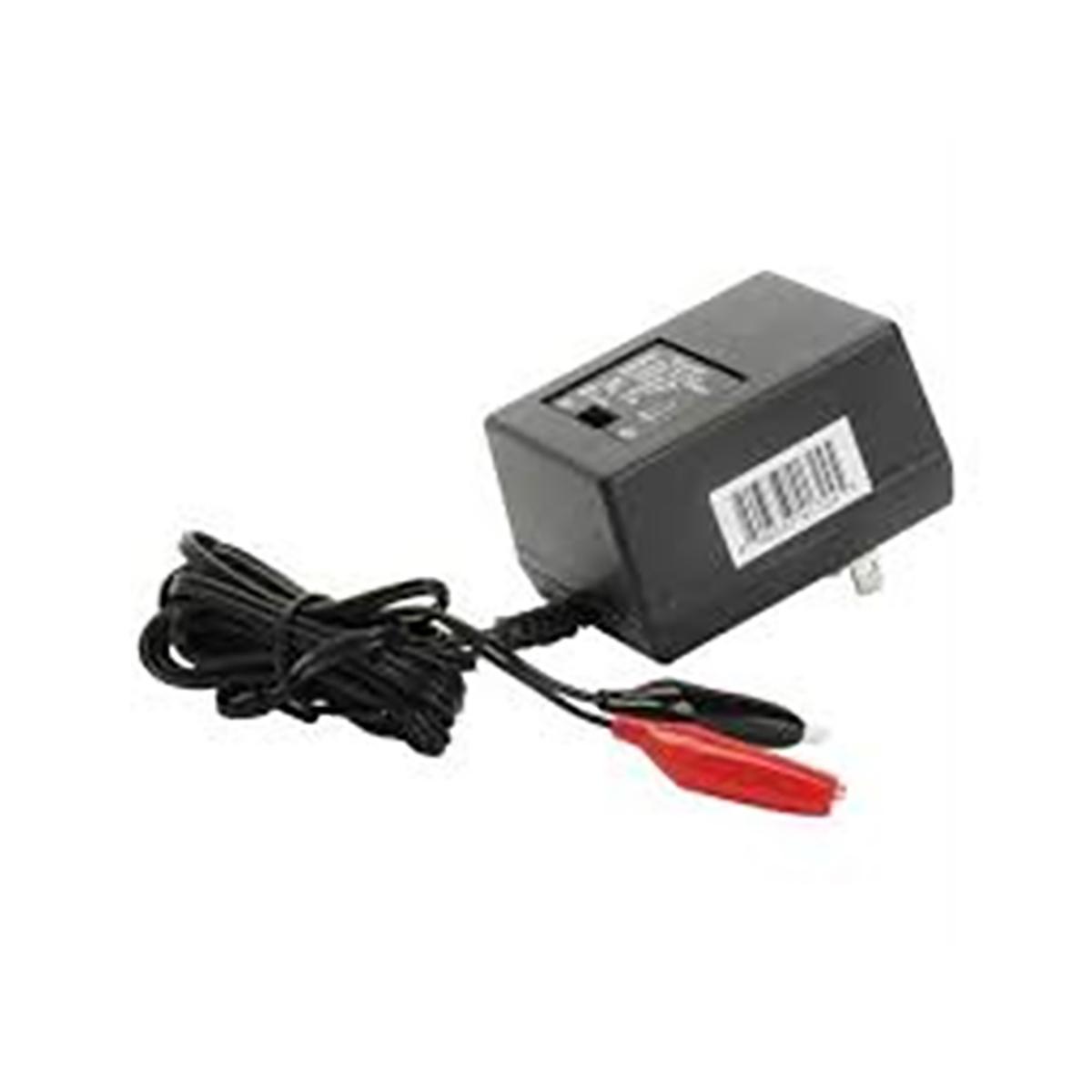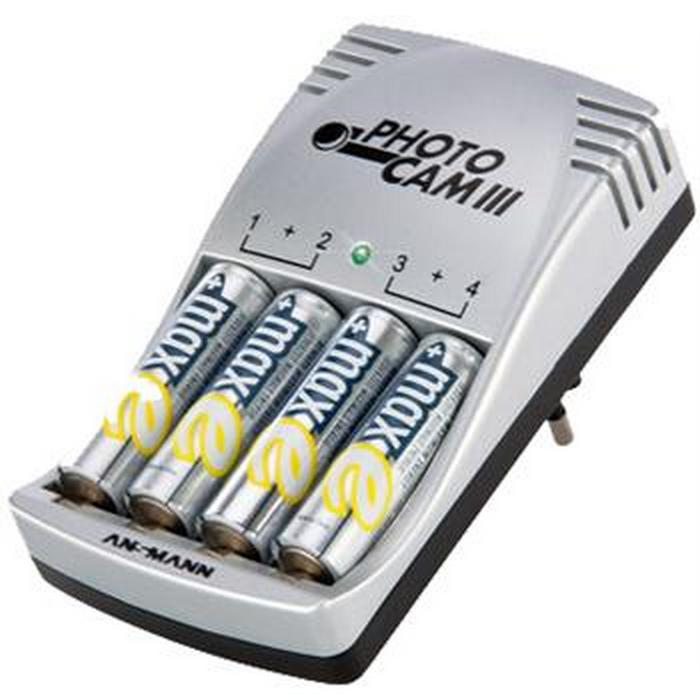
High energy cathodes require fluorinated electrolytes Modern horror films are finding their scares in dead phone batteriesĪnode alternatives: Lithium titanium and lithium metalĪnode alternatives: Other carbon materialsĪnode alternatives: Silicon, tin and alloying materialsĬathode alternatives: LNMO, NMC, NCA and Vanadium pentoxide Safety of liquid-electrolyte lithium-ion batteries The importance of an electrolyte in a batteryĬathode & anode need to have structural orderįailure story about metallic lithium anode The importance of battery feature for fast chargingīattery technology is based on redox reactionsĮlectrochemical reaction is essentially based on electron transferĮlectrochemical inactive components reduce energy density

Specific energy comparison of different electrolytesīusiness models between battery-auto companiesīYD's blade battery: structure and compositionīYD's blade battery: energy density improvement Lithium metal is required for high energy density Solid-state battery forecast 2021-2031 for car plug in Solid-state battery forecast 2021-2031 by technology

Solid-state battery forecast 2021-2031 by application Solid-state battery addressable market size Price forecast of solid state battery for various applications Solid state battery collaborations / investment by Automotive OEMsĪssumptions and analysis of market forecast of SSB Summary of solid-state electrolyte technologyĬomparison of solid-state electrolyte systems Solid-state electrolyte technology approach Solid-state battery partner relationships Location overview of major solid-state battery companies

Status and future of solid state battery business

These interests and developments have fuelled research and investments into new categories of materials and energy storage systems that can triple current Li-ion energy densities.Ģ4M, Applied Materials, BatScap (Bolloré Group) / Bathium, Beijing Easpring Material Technology, BMW, BrightVolt, BYD, CATL, Cenat, CEA Tech, China Aviation Lithium Battery, Coslight, Cymbet, EMPA, Enovate Motors, FDK, Fisker Inc., Flashcharge Batteries, Fraunhofer Batterien, Front Edge Technology, Ganfeng Lithium, Giessen University, Guangzhou Great Power, Guoxuan High-Tech Power Energy, Hitachi Zosen, Hyundai, Ilika, IMEC, Infinite Power Solutions, Institute of Chemistry Chinese Academy of Sciences, Ionic Materials, ITEN, Jiawei Long powers Solid-State Storage Technology RuGao City Co.,Ltd, JiaWei Renewable Energy, Johnson Battery Technologies, Kalptree Energy, Magnis Energy Technologies, Mitsui Metal, Murata, National Battery, National Interstellar Solid State Lithium Electricity Technology, NGK/NTK, Ningbo Institute of Materials Technology & Engineering, CAS, Oak Ridge Energy Technologies, Ohara, Panasonic, Planar Energy, Polyplus, Prieto Battery, ProLogium, Qing Tao Energy Development Co., QuantumScape, Sakti 3, Samsung SDI, Schott AG, SEEO, Solidenergy, Solid Power, Solvay, Sony, STMicroelectronics, Taiyo Yuden, TDK, Tianqi Lithium, Toshiba, Toyota, ULVAC, University of Münster, Volkswagen, Wanxian A123 Systems, WeLion New Energy Technology, Zhongtian Technology Until recently, we have heard multiple plans that solid-state batteries will be deployed in EVs in a few years' time. Five years later, they were able to double that value, thus making solid-state electrolytes appealing also for high power applications and fast charging. Fast forward to 2011, and researchers from Toyota and the Tokyo Institute of Technology have claimed the discovery of a sulphide-based material that has the same ionic conductivity of a liquid electrolyte, something unthinkable up to a decade ago. After the LiI layer has formed, a very small, constant current can still flow from the lithium anode to the iodine cathode for several years. The two materials behave like a short-circuited cell and their reaction leads to the formation of a lithium iodide (LiI) layer at their interface. Their first application was in the 70s as primary batteries for pacemakers, where a sheet of Li metal is placed in contact with solid iodine. Solid-state electrolytes have the potential to address all of those aspects, particularly in the electric vehicle, wearable, and drone markets.


 0 kommentar(er)
0 kommentar(er)
